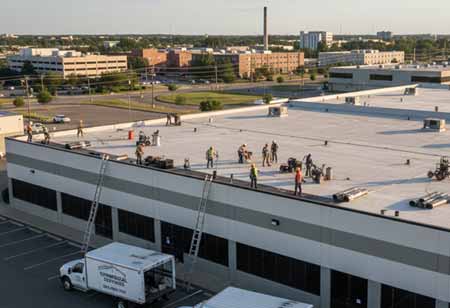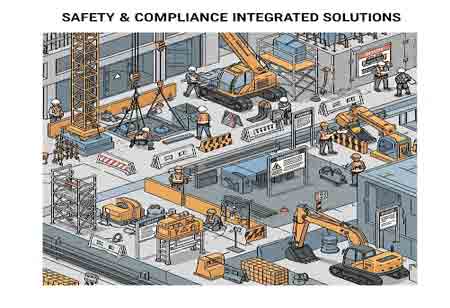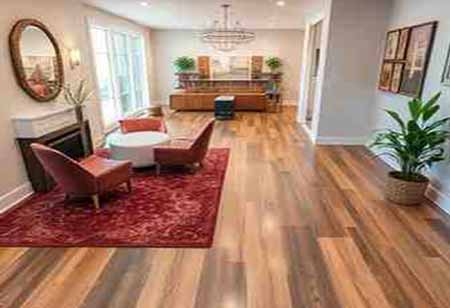Thank you for Subscribing to Construction Business Review Weekly Brief
Specials
- Apartment and Condominium Contractors Canada
- Decking Canada
- Architectural Glass Europe
- MEP APAC
- Construction Saudi Arabia
- German Apartment and Condominium Contractors
- Construction Law APAC
- Outdoor Construction
- Foundation Construction Canada
- MEP Canada
- Kitchen and Bath
- Cold Storage Construction APAC
- Precast Concrete Europe
- Construction Staffing Europe
- Pre-Construction Services
- Flooring System APAC
- Scaffolding Canada
- Swimming Pool Construction Canada
- Construction Management Canada
- Cold Storage Construction Canada
- Flooring Systems Europe
- Residential Construction
- Concrete Canada
- Construction Cladding Europe
- Construction Cladding APAC
- Concretes, Aggregates and Construction Materials APAC
- Concretes, Aggregates and Construction Materials Europe
- Commercial Contractors Europe
- Commercial Contractors APAC
- Dummy
- Construction Insulation, Coating and Waterproofing
- Construction Management APAC
- Landscaping Canada
- Construction Coating Europe
- Construction Tech Startups Europe
- Insulation Services Europe
- Mechanical Contractor Canada
- Mould Remediation and Testing Europe
- Swimming Pool Construction APAC
- Building Sealing Solutions Europe
- Construction Engineering Services
- Mechanical Electrical and Plumbing
- Roofing Systems Europe
- Architectural Glass APAC
- Startups APAC
- Construction Forensic and Owners Representative
- Flooring System
- Waterproofing APAC
- Wall Systems
- Safety and Compliance Europe
- Construction Bidding and Auctions
- Modular and Prefab Construction
- Architectural Glass
- Construction MENA
- Construction Demolition and Recycling Europe
- Modular Construction Europe
- Construction Interiors
- Steel Building APAC
- HVAC
- Doors and windows
- Construction Latam
- Building Information Modeling APAC
- Sustainable Construction APAC
- Building Restoration and Maintenance
- Commercial Contractors
- Specialty Construction
- Construction Engineering Canada
- Construction Engineering MENA
- Modular Construction Canada
- Modular Construction APAC
- Roofing and Siding Systems
- Workforce Management and Staffing
- Roofing Systems APAC
- Construction Consulting
- Steel Building Europe
- Construction Demolition and Recycling APAC
- Safety and Compliance APAC
- Concretes, Aggregates and Construction Materials
- Construction Cladding
Innovations in Green Building Techniques
Sustainable structures leverage innovative green building techniques, emphasizing site selection, energy efficiency

By
Construction Business Review | Wednesday, June 26, 2024
Stay ahead of the industry with exclusive feature stories on the top companies, expert insights and the latest news delivered straight to your inbox. Subscribe today.
Sustainable structures leverage innovative green building techniques, emphasizing site selection, energy efficiency, water conservation, material choice, indoor environmental quality, and effective waste management for environmental and economic benefits.
FREMONT, CA: A paradigm shift towards sustainable structures is occurring in the construction industry as a means of achieving a future that is both resilient and ecologically conscientious. This approach incorporates cutting-edge green building approaches beyond conventional methods. These strategies include energy efficiency, water conservation, site selection, material selection, interior environmental quality, and efficient waste management.
Sustainable Site Selection and Planning
The first important step in building sustainably is choosing a suitable site. This procedure carefully considers several variables, including the construction project's overall environmental impact, surrounding ecology, and natural scenery. The three main objectives of sustainable planning are reducing the building's carbon footprint, minimizing disturbance to the land, and improving the environment. Techniques include maximizing the orientation of buildings to use natural light and heat, which lessens the need for artificial lighting and heating. To maintain biodiversity and alleviate the effects of heat islands, sustainable methods also entail maintaining existing trees, water bodies, and natural landscapes. Porous pavements and green roofs are two examples of stormwater management strategies used to reduce flooding risk and manage runoff.
Renewable Energy and Energy Efficiency
Energy efficiency is a cornerstone of green construction principles, which reduce greenhouse gas emissions and dependence on non-renewable energy sources. One of the most important strategies is to use high-quality insulation to minimize heat gain in the summer and loss in the winter, lowering the energy needed for heating and cooling. By placing windows strategically and using materials that naturally control building temperature, passive solar design uses the sun's energy for lighting and heating. Reducing energy loss can be achieved by incorporating energy-efficient windows and doors with double or triple glazing and good sealing. Green building also encourages using renewable energy sources, such as geothermal, wind, and solar power, which helps reduce reliance on fossil fuels and produce clean energy.
Water Conservation and Management
Sustainable practices emphasize reducing water consumption and promoting the reuse and recycling of water resources. A critical aspect of these activities is water conservation. Among these tactics is rainwater harvesting, gathering and storing rainwater for gardening and non-potable toilet use. Greywater recycling is cleaning and reusing water from showers, sinks, and clotheslines for uses other than drinking, primarily irrigation. Moreover, incorporating low-flow fixtures, like showerheads and toilets, guarantees a decrease in water flow without sacrificing functioning, supporting general water conservation initiatives in construction methods.
More in News





